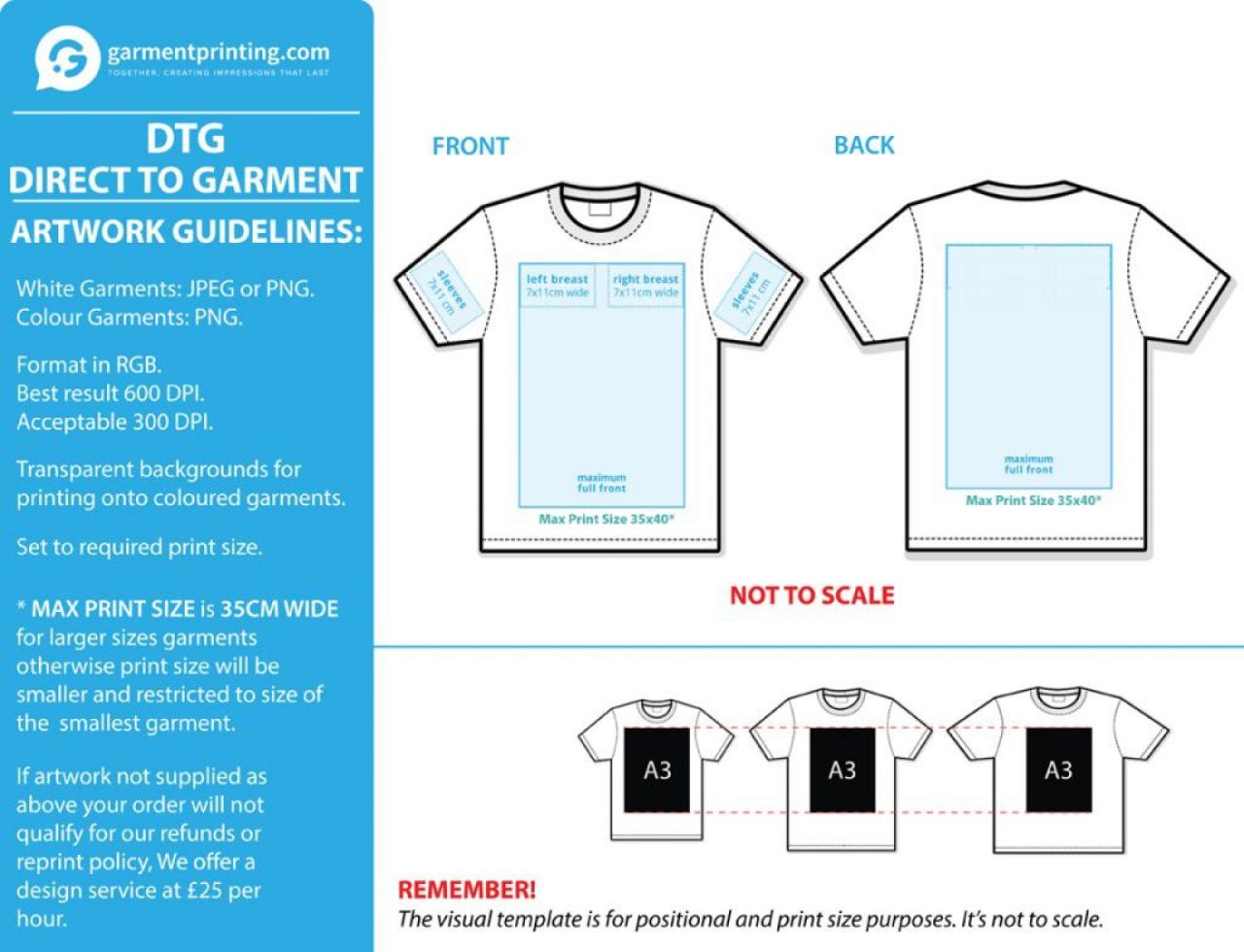
The Ultimate Guide to T-Shirt Template Sizes in the USA
T-shirts have become a ubiquitous staple in our wardrobes, serving as a versatile canvas for self-expression, brand promotion, and everyday comfort. With the advent of digital printing technologies, designing and creating custom t-shirts has become more accessible than ever. However, choosing the right t-shirt template size is crucial to ensure a perfect fit and a professional-looking end product.
This comprehensive guide will delve into the intricacies of t-shirt template sizes in the United States, providing detailed information on various measurements, industry standards, and best practices. Whether you’re a seasoned designer or a novice venturing into the world of custom t-shirt creation, this resource will empower you with the knowledge to select the optimal template size for your needs.
Understanding T-Shirt Template Size Conventions
T-shirt templates typically include a range of measurements, each representing a different aspect of the garment’s dimensions. These measurements are essential for visualizing the final product and ensuring a proper fit for the wearer.
- Chest: Measured from armpit to armpit across the front of the shirt, the chest measurement determines the garment’s width.
- Length: Measured from the highest point on the shoulder to the bottom hem, the length indicates the shirt’s overall vertical dimension.
- Sleeve Length: Measured from the shoulder seam to the end of the sleeve, the sleeve length determines the coverage and fit of the sleeves.
Industry Standard T-Shirt Template Sizes
The garment industry has established standardized t-shirt template sizes based on average body measurements. These sizes range from extra small (XS) to extra large (XL), with some brands offering extended sizes such as 2XL and 3XL.
| Size | Chest (in) | Length (in) | Sleeve Length (in) |
|---|---|---|---|
| XS | 30-32 | 26-28 | 6-7 |
| S | 34-36 | 28-30 | 7-8 |
| M | 38-40 | 29-31 | 8-9 |
| L | 42-44 | 30-32 | 9-10 |
| XL | 46-48 | 31-33 | 10-11 |
Factors to Consider When Choosing a T-Shirt Template Size
Selecting the appropriate t-shirt template size involves considering several key factors:
- Body Measurements: Take accurate measurements of your chest, waist, and hips to determine the size that corresponds with your body type.
- Fit Preference: Different individuals prefer varying fits, from snug to loose. Consider your desired level of comfort and style.
- Shrinkage Allowance: Most t-shirts undergo some degree of shrinkage during the washing and drying process. Factor in an additional 1-2 inches for shrinkage when choosing your size.
- Design Placement: The size of the template will influence the placement and scale of your design. Ensure that the template provides sufficient space for your desired design elements.
Tips for Selecting the Perfect T-Shirt Template Size
- Use a sizing chart provided by the template supplier to match your measurements to the corresponding size.
- If you fall between two sizes, opt for the larger size to accommodate for shrinkage and a more relaxed fit.
- Consider your body shape. Individuals with broader shoulders or a larger chest may require a larger size than indicated by their chest measurement alone.
- If you’re unsure about the size, it’s always better to err on the side of caution and choose a larger template. Excess fabric can be easily adjusted during printing or tailoring.
Specialized T-Shirt Template Sizes
In addition to standard sizes, manufacturers offer specialized t-shirt templates designed for specific body types or purposes:
- Youth Sizes: Templates tailored to the smaller frames of children and adolescents.
- Plus Sizes: Templates designed to accommodate individuals with larger body measurements.
- Tall Sizes: Templates with extended lengths for taller individuals.
- Fitted Sizes: Templates with a narrower cut for a more form-fitting appearance.
- Oversized Sizes: Templates with significantly larger dimensions for a loose and relaxed fit.
Conclusion
Choosing the right t-shirt template size is paramount for achieving a perfect fit and a professional-looking finished product. By understanding the various measurements, industry standards, and factors to consider, you can confidently select the optimal template size for your custom t-shirt designs. Remember, accuracy, attention to detail, and a touch of personal preference will guide you towards the best possible outcome.
Frequently Asked Questions (FAQs)
1. How do I measure my chest for a t-shirt template?
Wrap a measuring tape around the fullest part of your chest, directly under your armpits. Ensure that the tape is snug but not constricting.
2. How much shrinkage should I expect in a t-shirt?
Most t-shirts made from cotton or cotton blends will shrink by approximately 1-2 inches after washing and drying. Allowance for shrinkage is crucial when choosing a template size.
3. What if the t-shirt template size I ordered is too small or too big?
If the template is too small, it may be possible to stretch the fabric slightly during printing or tailoring. However, if the template is too big, alterations may be necessary to achieve the desired fit.
4. Can I use the same t-shirt template size for different designs?
The size of the template should be consistent with the scale and complexity of your design. While a larger template may provide more space for intricate designs, a smaller template may be sufficient for simpler elements.
5. Where can I find high-quality t-shirt templates?
Numerous online resources and design platforms offer a wide selection of t-shirt templates in various sizes and styles. Explore reputable websites and marketplaces to access professional-grade templates.






